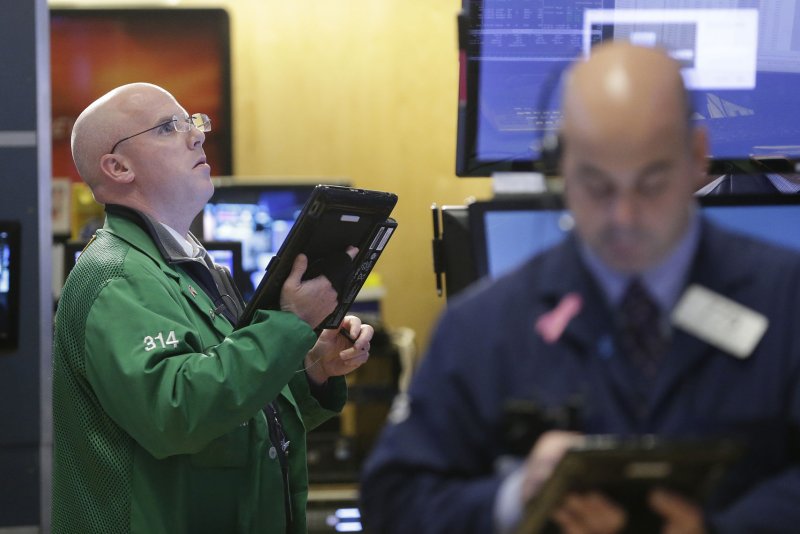Crude oil prices rose early Wednesday, in part because the United States and China extended trade talks for an unscheduled third day, an analyst said. Photo by John Angelillo/UPI |
License Photo
Jan. 9 (UPI) -- Oil prices rose early Wednesday, continuing gains from the start of the year that have brought front-month futures to levels last seen in mid-December -- largely due to increased expectations after trade talks between the United States and China were extended.
West Texas Intermediate crude futures prices rose 2.1 percent to $50.84 per barrel as of 7:38 a.m. EST, while Brent futures prices rose 1.9 percent to $59.83 per barrel as of the same time.
WTI is recovering from a low of $42.53 per barrel during the Christmas week.
Prices rose after trade talks between the United States and China "were extended for an unscheduled third day," James Hyerczyk, a senior analyst at FXEmpire.com, said in a report.
Expectations that U.S. and Chinese officials may find common ground that could result in the elimination of tariffs imposed last year, with additional ones to be added later this year, contributed to gains in spite of some bearish indicators in API's crude inventory report issued Tuesday.
The API report showed "a jump in gasoline and distillate inventories" in the United States, Hyerczyk added. However, it also reported a large crude oil draw, he said.
The Energy Information Administration was set to release its weekly inventory report later Wednesday, at 10:30 a.m. EST. The EIA data is official, and unlike the API data that is sent to subscribers, is freely available.
In addition to the trade talks, that alleviate concerns about reduced crude demand ahead from the world's biggest crude oil importer China, other factors pushing crude prices higher are a softer dollar and OPEC output cuts, said Ole Hansen, Saxo Bank's head of commodity strategy.
The dollar softening comes after the U.S. Federal Reserve last week said it was going to be more patient when considering future interest rate hikes.
OPEC cuts agreed to on Dec. 7 were expected to start reducing a combined 1.2 million barrels of crude oil daily from world markets starting Jan. 1.
Yet, "worries about the global economy still nag," Hansen said.
Even a trade accord is "unlikely to reverse the deterioration seen recently in forward-looking economic data from the U.S. to Europe and China," he added.
"On that basis, the upside at this stage may be limited to the upper area of the mentioned consolidation area for Brent at $64 per barrel and WTI at $55 per barrel," he wrote.















